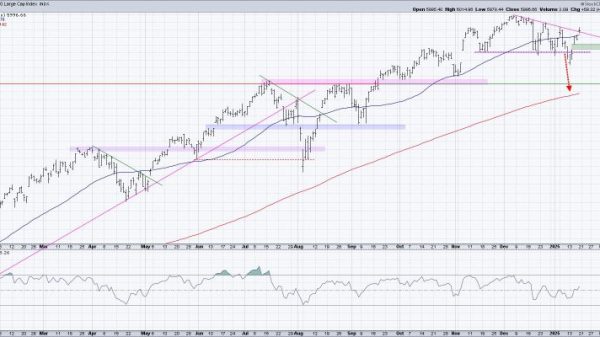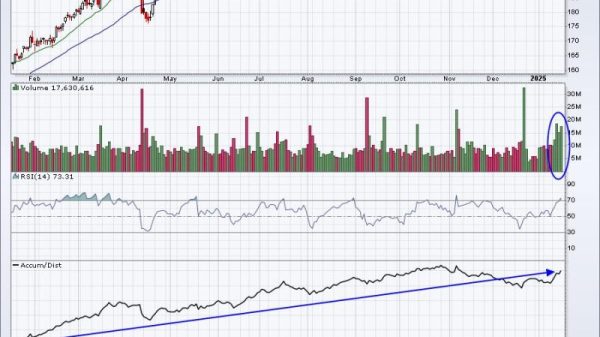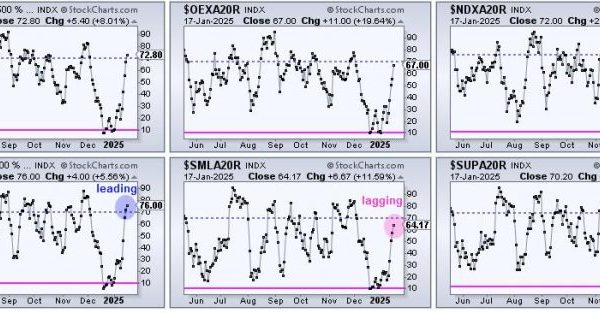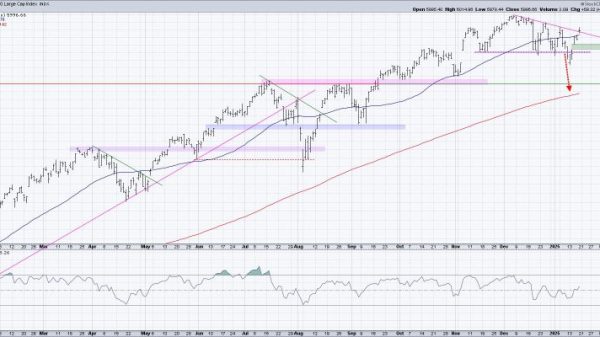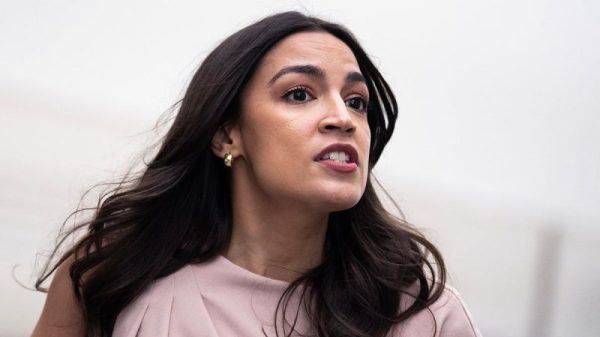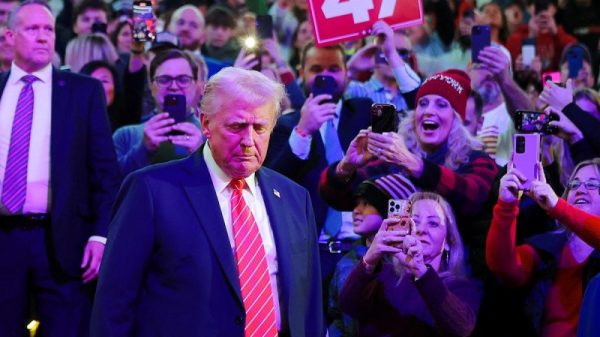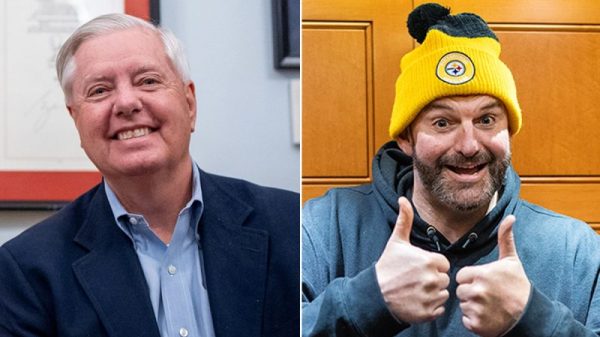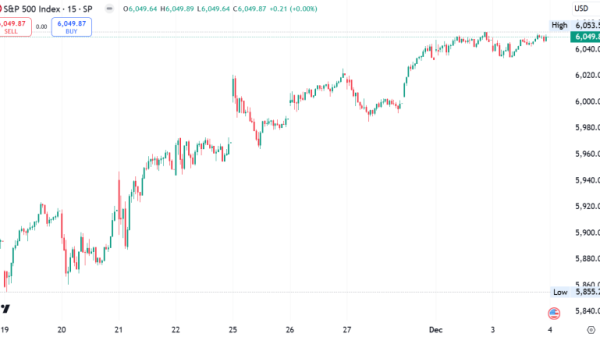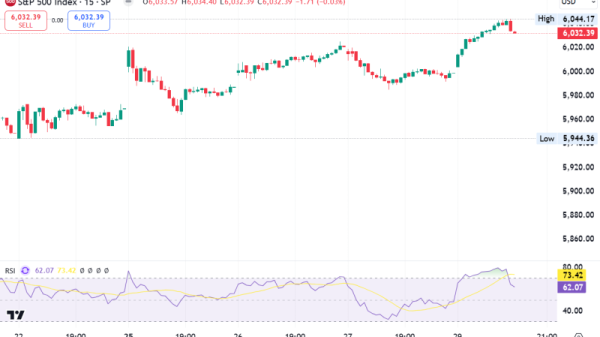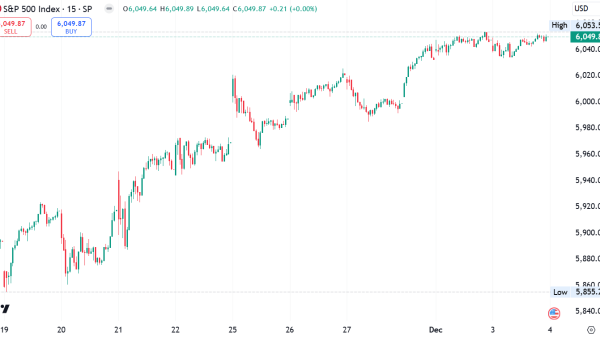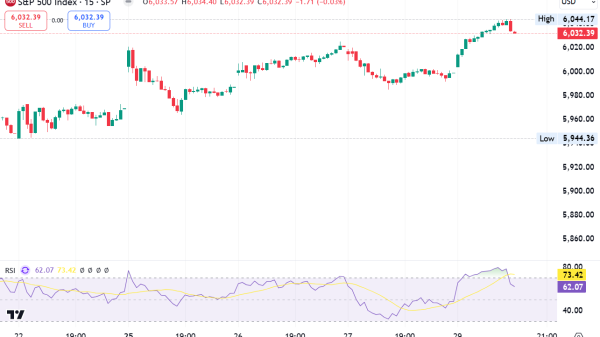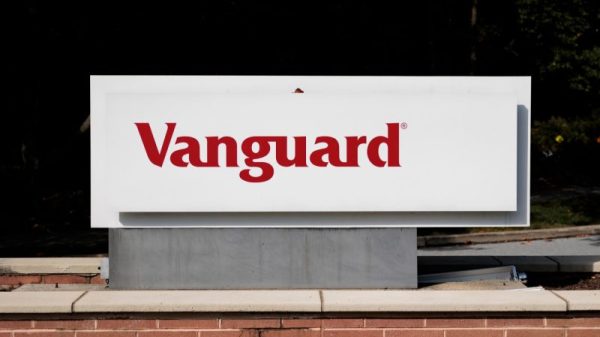The story goes that baby boomers are going to give tens of trillions of dollars to their heirs over the next few decades.
The “generational wealth transfer” has become a media fascination, both for its eye-popping size and because it might help younger generations as they face doubts about their financial security.
That shift is already in the works, and will continue for a couple of decades. According to wealth management firm Cerulli Associates, some $53 trillion will be passed down from boomers to their Gen X, millennial and Gen Z heirs, as well as to charities. That includes both gifts during their lifetimes and inheritances afterward.
But the overwhelming cost of health care for older people means most people in those later generations won’t inherit much, even if their elders seem well-off today.
The bulk of the trillions will go from one group of already wealthy people to another. Cerulli estimated that 68% of the wealth transferred between 2020 and 2045 — which includes boomers as well as older generations — will come from U.S. households with at least $1 million in investable assets. And only 6.9% of households have that kind of wealth to begin with, Cerulli added.
That might be obvious, but the notion still raises the prospect of large numbers of people getting a life-changing amount of money, a last gift from a parent or grandparent that meaningfully alters their circumstances.
Collectively, baby boomers benefited a great deal from America’s economic growth over the second half of the 20th century. The economy boomed in their childhoods as the U.S. became a superpower, and as adults, they had an easier time buying low-cost housing than their children or grandchildren would. Those who bought homes benefited as those properties increased in value. They’ve had the most time to benefit from the U.S. stock market, which has soared roughly 4,000% since 1969.
Members of the Gen X and millennial cohorts have had to contend with headwinds on multiple fronts. Among them, the explosion in student debt, the rising cost of living, the dot-com bust, the Great Recession, the long but sluggish boom of the 2010s and the Covid-19 pandemic, at more vulnerable stages of their lives and careers.
So those younger generations might feel they could use a leg up. According to a 2023 survey by the Transamerica Center for Retirement Studies, Gen-Xers reported having a median of $82,000 in retirement savings, while millennials reported $49,000 in savings. Even with many working years ahead of them, some have doubts about their ability to retire with financial security.
According to Fidelity’s annual retiree health care cost estimate, a single 65-year-old could need about $157,500 after taxes to cover their health care expenses in retirement, and a couple could need $315,000.
“It’s kind of a wild card as to what the health care expenses are going to be like and it can balloon in the final years of life,” said Greg McBride, chief financial analyst for Bankrate.
Boomers have almost all reached retirement age — though it’s noteworthy that they, too, have concerns about their financial fates. The Transamerica survey found the median baby boomer household reported about $289,000 in retirement savings, short of what Fidelity says a person reaching retirement in 2023 needs.
“A lot of Gen Xers may not get the inheritance they’re expecting to get because their parents encountered ballooning expenses in the later years of life,” McBride said.
The eye-popping figures surrounding the wealth transfer often obscure the reality that health care for the elderly is incredibly expensive and frequently wipes out people’s life savings.
Boomers who are concerned about their own financial fate may be more aware of that fact.
In the non-ultra-rich category, a lot of people hoping that the “wealth transfer” will leave them with a substantial inheritance might end up disappointed, because health care for older people in America is very expensive.
According to the Bureau of Labor Statistics, people under the age of 65 reported spending an average of $5,209 per year on their health care in 2022, while those over 65 reported $7,540 annually.
A study published in 2004 showed that some 60% of lifetime health care spending — a majority, for the average person — happens after age 65.
It’s an issue that becomes more severe even as retirees age: Their health care is not only more expensive, the costs increase at a faster pace than everything else does. Citing government data, the nonprofit firm KFF says that between 2000 and mid-2023, prices for health insurance, prescription drugs, medical equipment and other health care items increased 114%, while prices for consumer goods and services rose 81%.
It’s a problem that puts many older people in a financial bind. The Senior Citizens League argues that living costs for seniors have long outpaced inflation and hikes in Social Security payments, especially for people living into their 80s and beyond. Improvements in health care mean there will be more long-lived boomers than any generation before them.
But the cost of that health care means many of them will see their retirement savings go quickly if their health declines and they need long-term help.
KFF, which does research on the health care industry, says the median annual cost of a private room in a nursing home was $108,405 in 2021, while a year in an assisted living facility cost $54,000. A year’s worth of support from a home health aide costs $61,776.
Tens of millions of retirees get their health insurance through Medicare, which generally doesn’t cover long-term care facilities. It also doesn’t cover services like dental or vision care.
Many people on Medicare get additional premiums for drug coverage under Medicare Part D, Medicare Advantage coverage, or supplemental insurance. But the out-of-pocket costs can add up quickly for people who have limited incomes.
“Most people’s retirement savings just don’t cover more than a year or two in assisted living or a nursing home,” said Josh Gordon, the director of health policy for the Committee for a Responsible Federal Budget. ‘Our health care is so much more expensive than every other developed country.’
He said that in many cases, people spend essentially all of their savings and then finally end up on Medicaid. Single people generally have to be down to their last $2,000 in assets to be eligible.
For all but the very rich, “that will probably be taken up by health care costs if you include nursing home care, home and community-based services, assisted living or the more informal caring arrangements that people have,’ Gordon said. ‘Is that really a generational transfer?”
And America is getting much older. That’s going to drive up national health care spending a great deal. By 2050, there are expected to be 84 million people over 65, according to the Bureau of Labor Statistics. That’s almost 50% more seniors than there are today.
This means people caring for aging parents and relatives are going to need more help. And that help is expensive.
“Because the baby boom generation is so large and there are less kids per baby boomer than there were in the prior generation, the burden of caring for baby boomers falls on a smaller number of people,” Gordon said.






